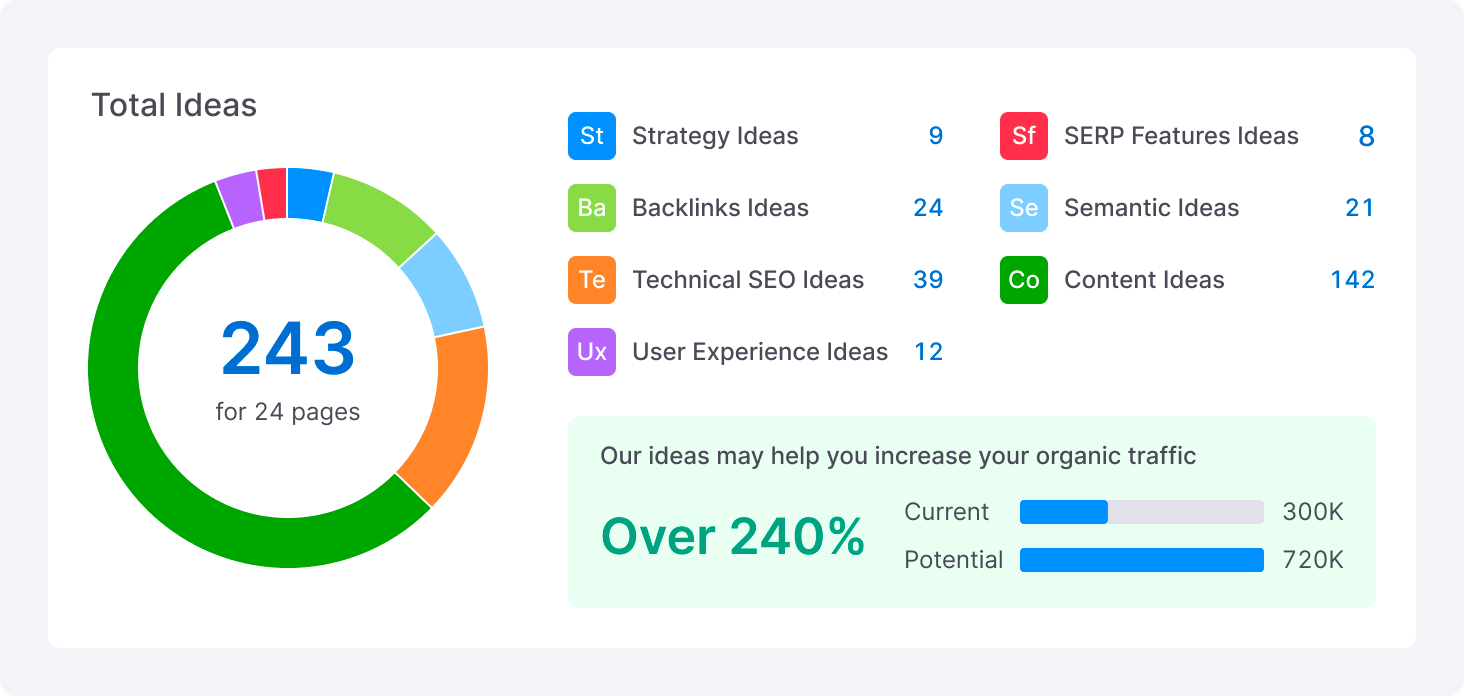A Detailed Check out What Is Not Considered a Default Medium in Google Analytics
A Detailed Check out What Is Not Considered a Default Medium in Google Analytics
Blog Article
Believing Outside the Box: Leveraging Unusual Mediums to Maximize Google Analytics Performance
In the realm of digital advertising, the quest for enhanced Google Analytics performance has ended up being a strategic necessary for businesses seeking to fine-tune their on-line visibility. Standard approaches typically fall brief in catching the complete spectrum of client interactions and actions. However, by exploring unconventional tools as opportunities of data collection, a brand-new world of possibilities emerges. These undiscovered areas use a wealth of untapped understandings that can possibly revolutionize the way we comprehend and maximize our digital approaches.
Unique Information Resources

CRM systems, for instance, can provide understandings right into specific customer communications, purchase history, and choices, which can be incorporated with Google Analytics information to produce even more customized marketing methods. Social media platforms provide useful data on customer demographics, interests, and interaction metrics, allowing services to determine the efficiency of their social networks campaigns and enhance material for far better efficiency. Email marketing information, including open rates, click-through prices, and conversion metrics, can likewise be leveraged to track customer interaction and behavior beyond website communications recorded by Google Analytics. By leveraging these distinct information sources, organizations can fine-tune their strategies, enhance targeting efforts, and enhance general Google Analytics efficiency.
Social Media Site Insights

In addition, social networks analytics tools enable organizations to track crucial performance indicators, screen project efficiency, and gauge the influence of their on-line activities. Comprehending the demographics of followers, determining prominent web content themes, and assessing interaction levels can help services customize their advertising approaches for far better results.
Offline Marketing Integration
Incorporating offline advertising methods with digital analytics can boost total project efficiency and offer a much more comprehensive understanding of consumer behavior. what is not considered a default medium in google analytics. By bridging the space in between online and offline efforts, services can track the effect of special info conventional marketing channels such as print ads, television commercials, direct mail, and occasions on their on the internet visibility

Furthermore, carrying out phone call tracking systems for offline marketing tasks makes it possible for businesses to catch important information on consumer queries produced with printed materials or advertisements (what is not considered a default medium in google analytics). By assessing phone call information along with online metrics in Google Analytics, organizations can obtain much deeper insights into the consumer trip and maximize advertising and marketing techniques for better efficiency throughout all networks
IoT and Wearable Technology
Using IoT and wearable innovation in digital analytics can reinvent data collection and customer insights for services seeking a much deeper understanding of customer habits patterns. These cutting-edge technologies offer a seamless means to gather real-time information from various touchpoints. IoT gadgets can track customer communications with services or products, supplying important details on use patterns and preferences. Wearable technology, website link such as smartwatches or physical fitness trackers, can use insights into individual tasks, wellness metrics, and also place information.
Gamification Methods
The application of gamification techniques in digital analytics provides an innovative approach to enhancing customer engagement and driving actionable understandings for services. By incorporating game-like aspects such as points, badges, leaderboards, and compensates right into the analytics user interface, companies can encourage users to interact a lot more often and meaningfully with the data.
Gamification motivates customers to explore different attributes of the analytics system, discovering important insights that may have or else gone unnoticed. Via interactive difficulties and progression monitoring, users are incentivized to dig deeper into the information, leading to enhanced time invested in the platform and a higher likelihood of uncovering vital trends or patterns.
Moreover, gamification can promote a sense of competition amongst individuals, spurring them to strive for greater efficiency and interaction degrees. This competitive spirit can drive enhanced individual adoption rates and a much more comprehensive usage of the analytics tools readily available. Eventually, by leveraging gamification approaches in digital analytics, organizations hop over to here can produce a more productive and engaging environment for users, resulting in more enlightened decision-making and improved overall efficiency.
Conclusion
Finally, leveraging unconventional mediums such as special information sources, social networks understandings, offline marketing integration, IoT and wearable technology, and gamification methods can enhance Google Analytics efficiency. By thinking outside package and exploring these alternate resources of information, services can gain beneficial insights and enhance their overall marketing methods. It is necessary for business to constantly explore new methods to collect data and examine it in order to stay ahead in the ever-evolving electronic landscape.
By including information from resources such as consumer relationship administration (CRM) systems, social media platforms, and email marketing projects, companies can obtain a more comprehensive understanding of their audience actions and interaction patterns. Social media platforms provide beneficial information on customer demographics, passions, and interaction metrics, allowing businesses to determine the effectiveness of their social media campaigns and maximize web content for much better efficiency. By leveraging these distinct information resources, companies can improve their approaches, improve targeting efforts, and boost overall Google Analytics efficiency.
Exploring social media insights can provide companies with useful information on customer demographics, rate of interests, and engagement metrics, enabling for informed decision-making and critical optimization of advertising and marketing initiatives. By believing outside the box and discovering these different sources of data, businesses can obtain valuable insights and improve their total marketing strategies.
Report this page